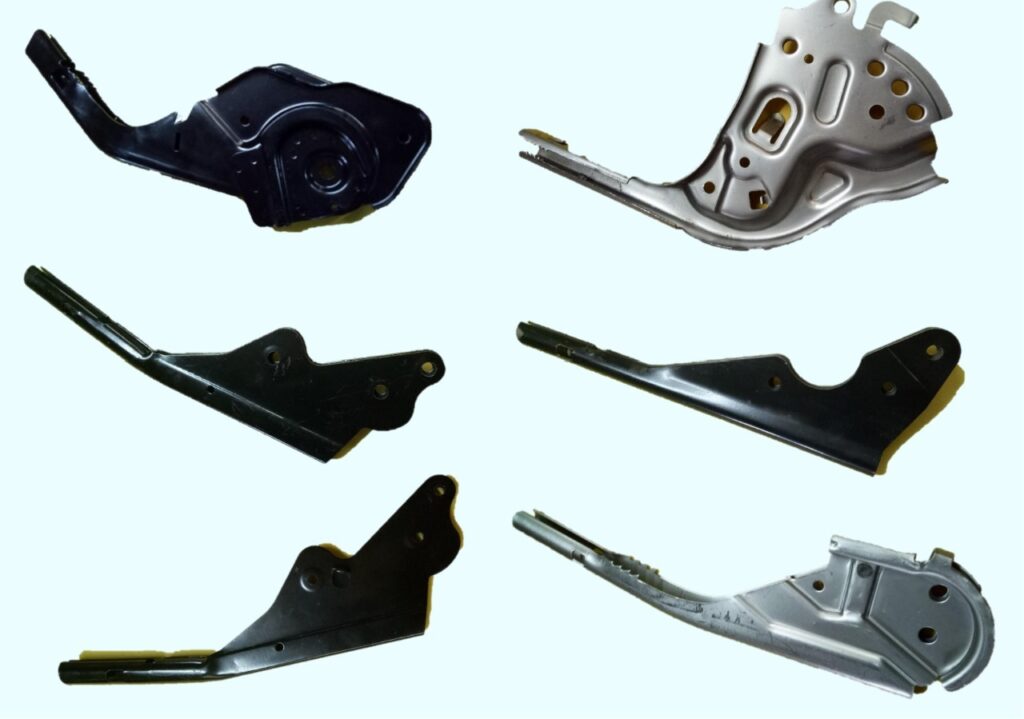Automobile And Non-Automobile Stamping / Press Parts

Welcome to our premium range of automobile and non-automobile stamping/press parts, which are crafted with precision and durability. We specialize in delivering high-quality stamping solutions for diverse industries, ensuring top-notch performance and long-lasting reliability.
Our Expertise in Stamping/Press Parts
We pride ourselves on being a trusted provider of custom stamping and press parts for various applications. Our parts are engineered to meet the specific needs of automobile manufacturers, industrial machinery, and non-automotive sectors, ensuring unparalleled quality and functionality.
Applications
- Automobile Industry
- Chassis components
- Engine brackets
- Suspension systems
- Body frame parts
- Non-Automobile Applications
- Industrial machinery components
- Electrical appliances
- Aerospace systems
- Agricultural machinery
Why Choose Our Stamping/Press Parts?
- Precision Engineering: Designed and manufactured with cutting-edge technology to ensure accurate dimensions and flawless performance.
- Durable Materials: Constructed from high-quality materials like stainless steel, aluminium, and other alloys for enhanced durability.
- Customization: Tailored solutions to meet your specific requirements, whether standard or complex designs.
- Cost-Effective: Competitive pricing without compromising on quality.
- Sustainability: Environmentally friendly manufacturing processes aligned with global standards.
Our Manufacturing Capabilities
- State-of-the-art stamping presses
- Advanced tooling systems
- Quality assurance at every stage
- High-volume production capabilities
Industries We Serve
- Automotive
- Aerospace
- Electrical and Electronics
- Agriculture
- Industrial Machinery
Contact Us
Looking for reliable Automobile and Non-Automobile Stamping/Press Parts? Contact us today to discuss your requirements. Our expert team is ready to assist you with tailored solutions that ensure performance and value.
